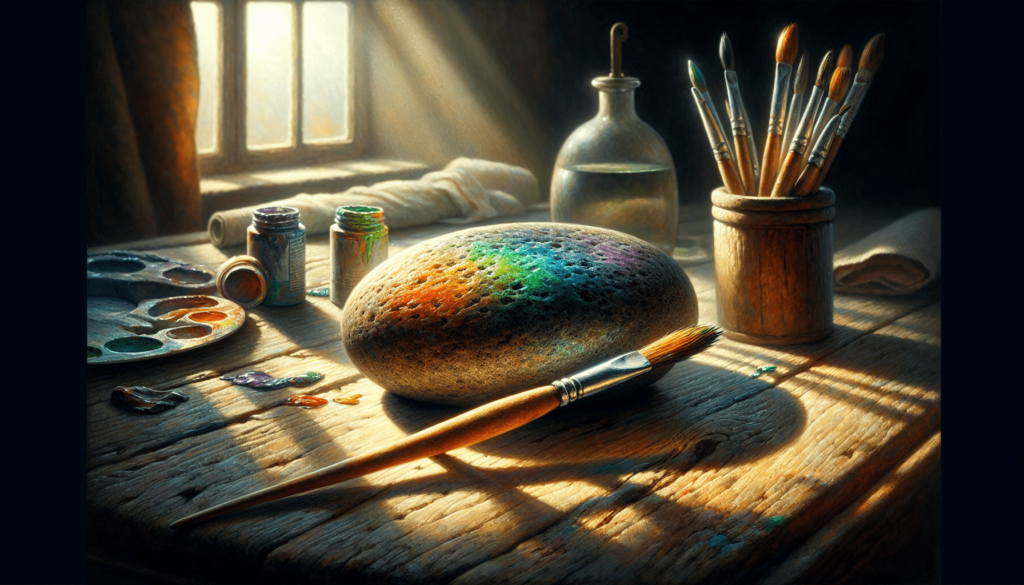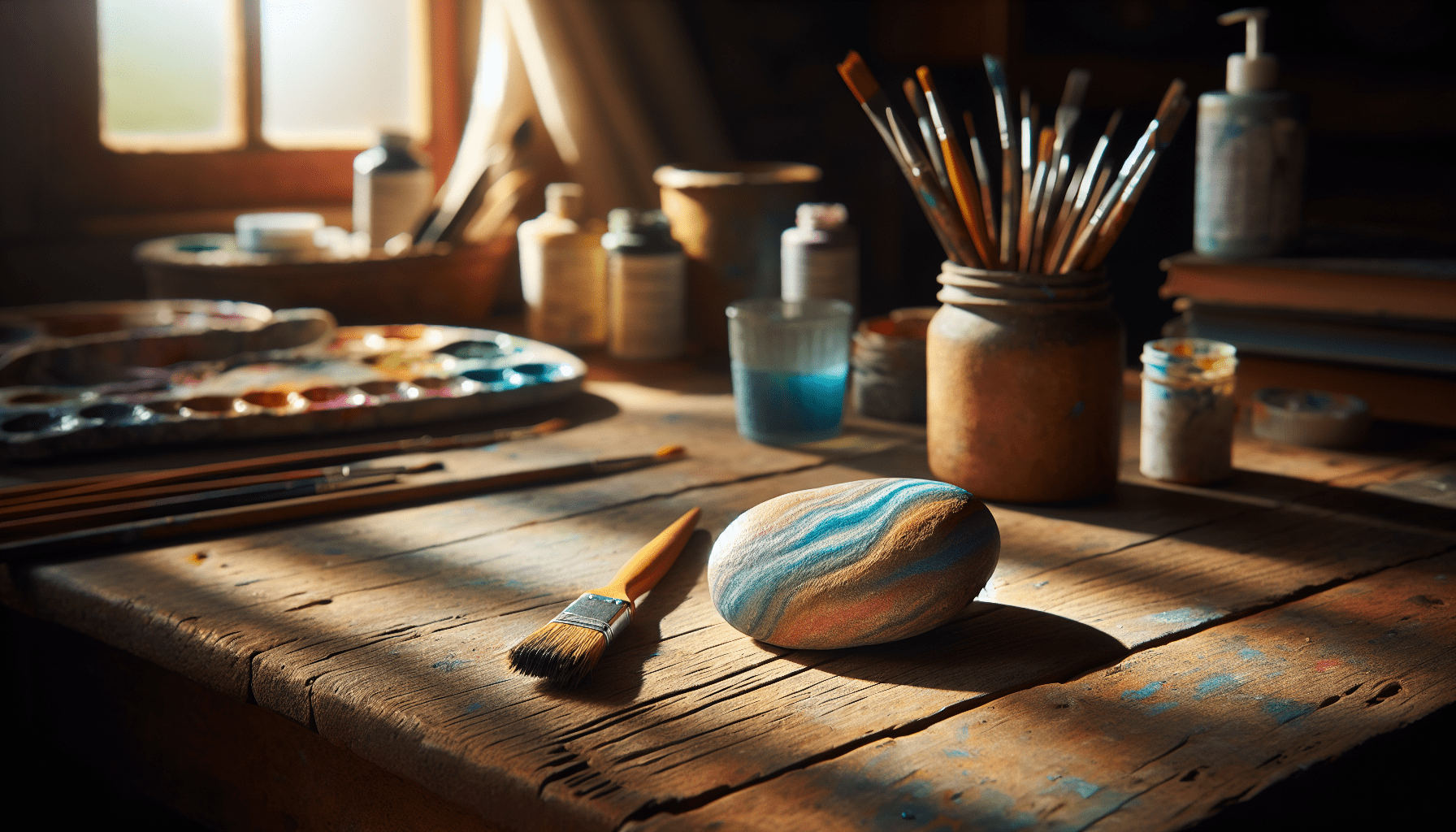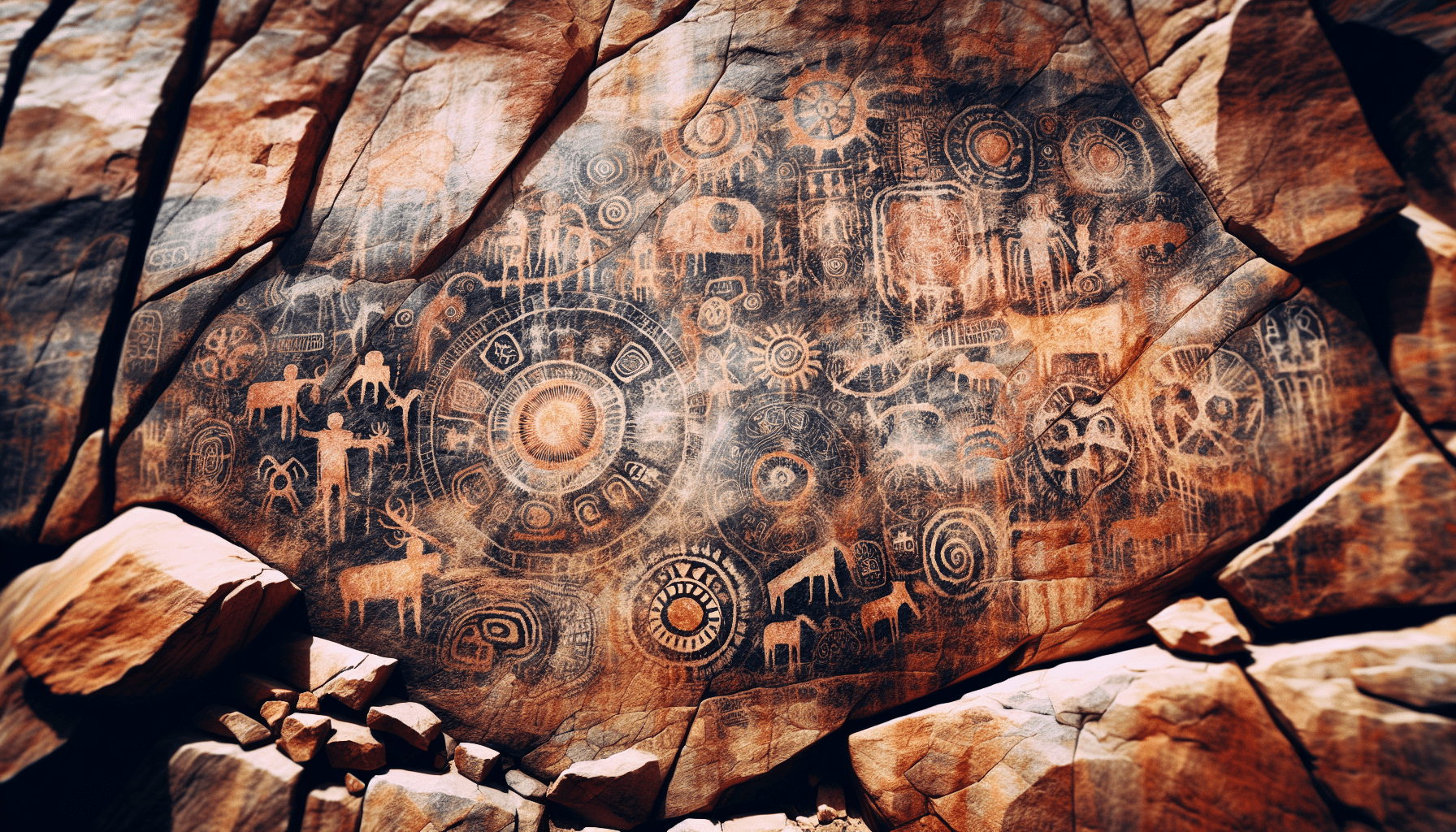Have you ever picked up a rock and wondered whether you could transform it with a splash of color using the paint you already have at home? Painting rocks is a timeless hobby that offers a creative outlet and allows for artistic expression. However, the question arises: Can you paint rocks with normal paint? This professional guide aims to navigate through the intricacies of painting rocks with standard paint options, giving you the insights you need to begin your rock painting journey with confidence.

Understanding the Basics of Rock Painting
Before you start painting rocks, it is essential to understand the basic principles. Rock painting is not just about applying color; it’s about knowing the right techniques and materials to use in order to achieve the desired outcome. Let’s delve into what makes painting on rocks both unique and challenging.
The Appeal of Rock Painting
Rock painting appeals to individuals who enjoy a tactile and creatively freeing activity. It is a craft that bridges nature and art, allowing you to personalize natural objects with your own creativity. Whether used for decorative purposes, gifts, or community art projects, painted rocks can bring joy and add aesthetic value.
Characteristics of Rocks
Rocks come in various sizes, shapes, and textures, each offering a different canvas for your creation. The surface of a rock can be smooth, porous, or rough, influencing how paint adheres and how the final product appears. Understanding your rock type can inform your technique and choice of paint.
Types of Paint Suitable for Rocks
Choosing the right paint is crucial for the longevity and vibrancy of your painted rocks. While many types of paint are available, not all are suitable for rock surfaces. It’s important to consider durability, ease of use, and final appearance when selecting your paint.
Acrylic Paint
Acrylic paint is the most commonly used paint for rock art due to its versatility and ease of use. It adheres well to rock surfaces and dries quickly, which is ideal for layering colors. Acrylics offer a wide range of color options and finishes, from matte to glossy. To ensure durability, you can seal your painted rocks with an acrylic sealer.
Oil Paint
Oil paint provides rich colors and a glossy finish but has a much longer drying time compared to acrylics. The thickness of oil paint allows for textured effects, but this can be challenging on uneven rock surfaces. Additionally, oil paint may require the use of solvents for cleaning brushes and extending drying times.
Watercolor Paints
Watercolor paints are not typically recommended for rock painting. Their translucency and sensitivity to water make them less durable. If you wish to achieve a watercolor effect, it is better to use watercolor pencils or aquarelle pencils that can be sealed properly afterward.
Latex Paint
Latex paint, often used for home interiors, can be applied to rocks as well. It offers extensive coverage and a variety of finish options. However, it may require several coats for a vibrant appearance and is best suited for larger projects rather than detailed work.
Tempera Paint
Tempera paint is a temporary and less durable option, suitable for short-term projects or educational activities with children. It is water-soluble and can easily wash away, making it less ideal for outdoor uses or pieces intended to last.
Steps for Painting Rocks
Painting rocks is an art form that combines preparation, technique, and creativity. By following these steps, you can enhance your crafting experience and achieve a professional-looking finish.
Preparation
Selecting Your Rock
Choose rocks that are smooth and flat to provide a good surface for painting. River rocks are often ideal due to their natural smoothness. Ensure the rock is clean and dry before you begin to paint.
Cleaning the Rock
Wash the rock thoroughly to remove any dirt, dust, or debris. Use a scrub brush and warm, soapy water. This will help the paint adhere better to the surface. For stubborn residues, a bit of rubbing alcohol can be used.
Painting Techniques
Priming the Rock
Priming your rock is an essential step if you want your paint to adhere better and last longer. You can use a clear acrylic spray or a gesso primer. This step also helps in achieving a more uniform painting surface.
Planning Your Design
Decide on your design before you start painting. Sketching your design with a pencil can help guide your painting. Consider colors, patterns, and any additional materials such as glitter or beads.
Applying the Paint
Start with a base coat to cover the entire surface of the rock. Once dry, apply additional layers as needed to build up color and texture. Use fine-tipped brushes for detail work and wider brushes for larger areas.
Finishing Touches
Sealing the Painted Rock
To protect your artwork from the elements, use a clear sealer once your design is completely dry. Sprays are often easier to apply evenly and come in a range of finishes such as matte, satin, and gloss.
Displaying Your Work
Properly displaying your painted rocks can enhance their beauty. Whether placing them in a garden, using them as paperweights, or integrating them into other art projects, presentation plays a crucial role.
Common Mistakes and How to Avoid Them
Every artist encounters challenges, but knowing common pitfalls can help you avoid them. Understanding these mistakes can significantly improve your future projects.
Painting on Unclean Surfaces
A common mistake is neglecting to clean the rock properly. Paint may not adhere to a dirty surface, leading to flaking and a lack of smoothness.
Skipping the Primer
Omitting primer can lead to uneven paint application and decreased durability. A primer ensures the paint bonds correctly with the surface.
Overly Thick Paint Application
Applying too much paint at once can cause drips or bubbles. It is better to build up thin layers of paint, allowing each to dry before adding the next.
Neglecting the Sealing Process
Failing to seal your painted rock can result in fading or damage, especially if the rock is placed outdoors. A clear sealant protects your design from water, UV rays, and wear.

Environmental Considerations and Safety
While painting rocks can be a sustainable and eco-friendly hobby, it is important to consider the environmental impact and safety.
Using Non-Toxic Materials
Choose eco-friendly and non-toxic paints, particularly if your rocks will be placed outdoors or handled frequently. This is especially important for projects involving children or occurring near water bodies.
Proper Disposal
Dispose of paint residues and materials responsibly to prevent environmental harm. Follow local regulations for disposing of paint and other art supplies.
Benefits of Rock Painting
Beyond the artistic appeal, rock painting offers several benefits that contribute positively to your wellness and creativity.
Stress Relief and Mindfulness
The repetitive brush strokes and focus required for painting can promote relaxation and mindfulness, reducing stress and anxiety.
Social and Community Engagement
Participating in rock painting projects can foster community engagement and collaboration. It can serve as an interactive activity for groups, allowing for shared creativity and conversation.
Conclusion
So, can you paint rocks with normal paint? The answer is yes, but with some important considerations. Acrylic paint is the preferred option due to its vibrant colors and versatility, while other paints like oil and latex can be used depending on the specific needs of your project. By following proper preparation, techniques, and finishing processes, you can create stunning, durable rock art that not only captures your artistic vision but also withstands environmental factors. As with any creative endeavor, the key to success lies in preparation, practice, and a willingness to experiment with different techniques and materials. Rock painting is a rewarding hobby that combines creativity, nature, and your unique touch, offering endless possibilities to explore and enjoy.



